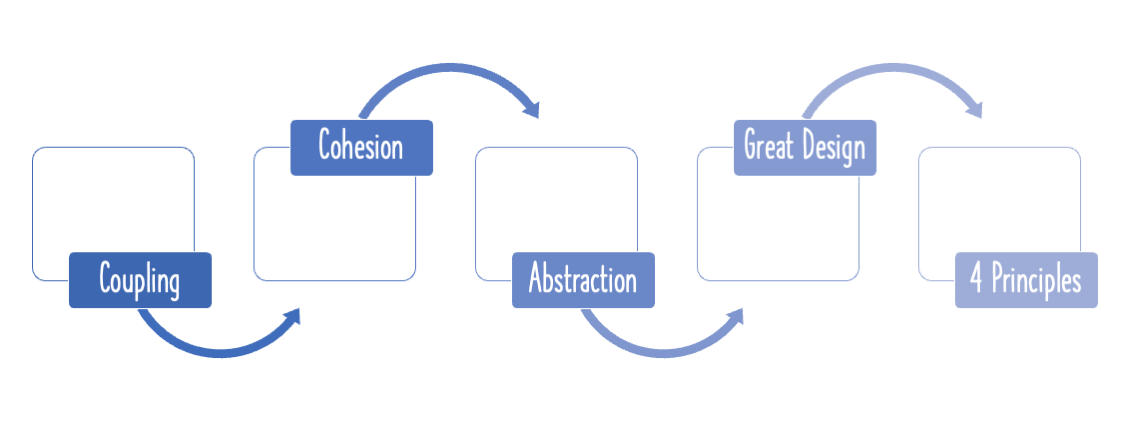In this article, we talk about the five most important coding standards that I would recommend all developers to follow.
Article Series
This is the third article in a series of eight articles on Code Quality
- 1 - Introduction To Code Quality
- 2 - Introduction To Coding Standards - Java examples
- 3 - Five Important Coding Standards
- 4 - Best Practices in Static Code Analysis with SonarQube
- 5 - Code Review Best Practices
- 6 - What Are Code Smells?
- 7 - What Is Refactoring?
- 8 - Continuous Integration - 5 Important Questions or Tips
Great Names
Giving great names to variables, methods and classes is, for me, the most important part of programming.
Try and give bad names to your variables, methods and classes, and you will discover that it becomes very difficult to understand what’s going on.
The name of a variable should represent what value it contains. The name of a method should represent what action it performs. The name of a class should be a noun that represents exactly what it is supposed to do.
If you are unable to give appropriate names to your variables/methods/classes, then it’s a code smell. Your are most probably doing too many things. Think about the Single Responsibility Principle and break it down.
Unfortunately, there is no automated way to check if the names of different elements are appropriate. The only way to do so, is peer code reviews.
Complexity
Complexity is generally measured by:
- How many conditionals and loops are present in a single method in the code?
Cyclomatic complexity is a very good measure of how complex your method code is. The more complex the method is, the more difficult it is to understand.
Ideally, the cyclomatic complexity of a method should be less than 10.
Size Of Methods And Classes
It is highly desirable to have as small a method definition as possible, as it leads to a much better naming of the method. The length of a method should not exceed whatever you can see on a single screen.
The same is the case with classes. The smaller a class definition, the better the name you can give it. The size of a class should never exceed 200 lines.
Duplication
You need to have as little duplication in your code as possible. Typically, the standard measure we go by, is to keep it under 5 per cent of the total code.
Readability Of Code
When you look at a piece of code form an application, you should understand it very quickly.
Do check out our video on the same topic:
Summary
In this article, we has a look at the five most important coding standards. Of these 5 coding standards, the first and the last, namely naming and readability standards, are the most difficult to achieve.
The other 3 standards can be enforced by using an automated tool such as SonarQube. SonarQube can measure code complexity, estimate the sizes of methods and classes, and check for code duplication as well. These checks can be run as part of continuous integration builds.








